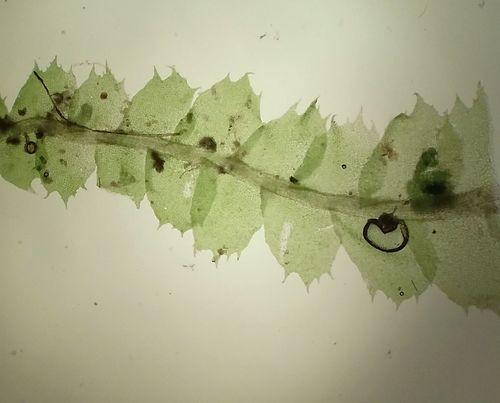
medium.jpg from: https://www.naturalista.mx/taxa/461320-Lophocolea-fragrans
Lophocolea fragrans var. capensis: A Fascinating Moss of South Africa
Lophocolea fragrans var. capensis S.W.Arnell is a unique and intriguing moss species found in South Africa. This tiny plant belongs to the Lophocoleaceae family in the class Jungermanniopsida of the division Marchantiophyta (liverworts). Let’s take a closer look at this fascinating moss and learn about its morphology, habitat, distribution, and ecological roles.
Background on Lophocolea Mosses
The genus Lophocolea contains over 200 species of leafy liverworts found around the world. These small plants lack true roots, stems, and leaves like other land plants. Instead, they have leaf-like structures called phyllids arranged in two rows along a creeping stem. Lophocolea mosses play important roles in their ecosystems, helping to retain moisture, prevent erosion, and provide habitat for tiny invertebrates.
Morphology and Identification
L. fragrans var. capensis forms dense mats of overlapping phyllids on its substrate. The phyllids are incubous (lying flat in a shingle-like arrangement), ovate in shape with pointed tips, and have smooth margins. They are pale to yellowish-green in color. The underleaves are much smaller than the lateral leaves and are bifid (split in two at the tips). Rhizoids anchor the plant to its growing surface.
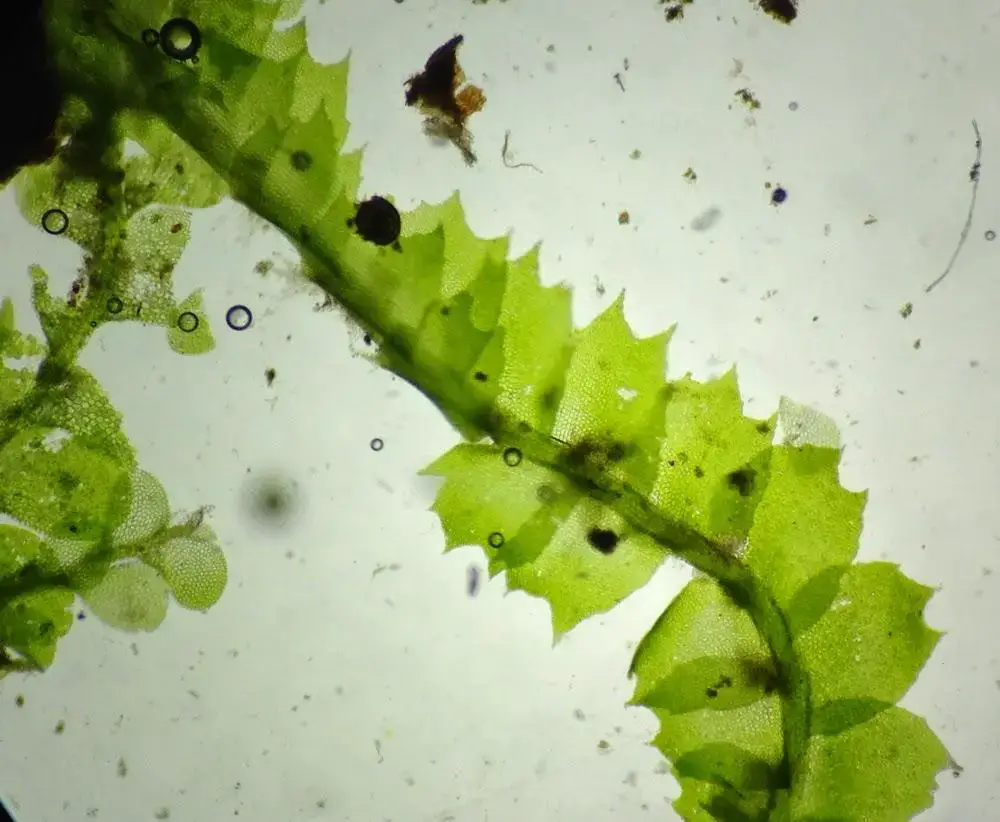
Lophocolea%2Bfragrans%2B21dec13.JPG from: https://southwalesbryos.blogspot.com/2014/11/lophocolea-fragrans-in-glamorgan.html
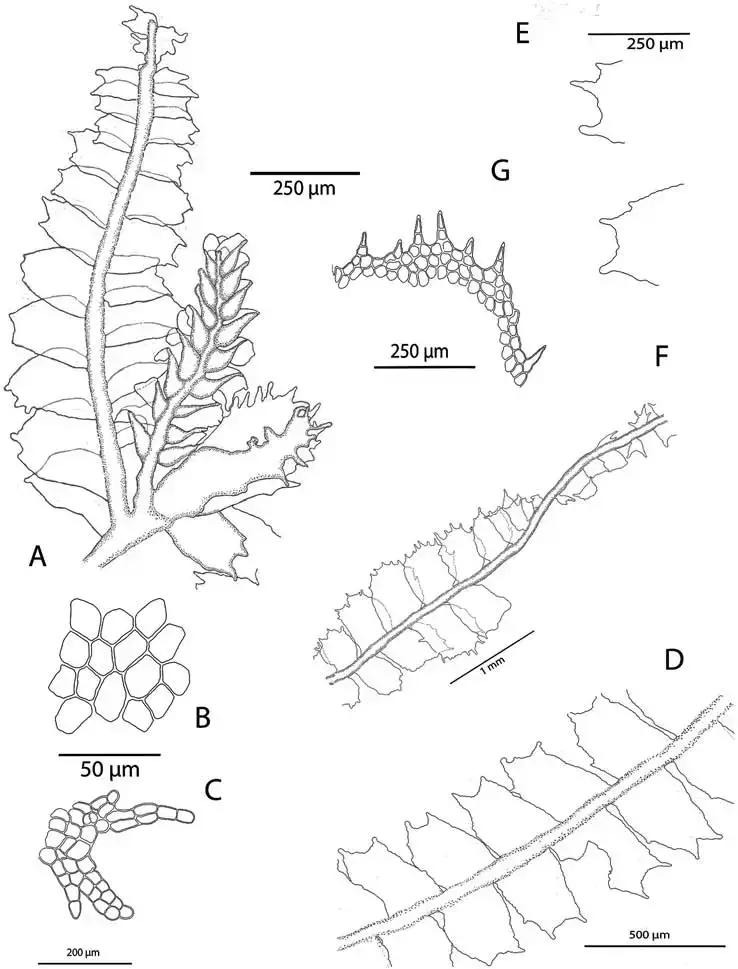
Lophocolea-fragrans-subsp-cocosana-GDauphin-Gradst-MIMorales-A-Habit-showing.png from: https://www.researchgate.net/figure/Lophocolea-fragrans-subsp-cocosana-GDauphin-Gradst-MIMorales-A-Habit-showing_fig1_320038577
Global Distribution and Habitat
This variety of L. fragrans is endemic to South Africa, meaning it is found nowhere else on Earth. Within South Africa, it has a limited distribution, occurring in just a few localities in the Western Cape and Eastern Cape provinces. It grows on damp, shaded soil banks, often near streams or in kloofs (ravines). The microclimate in these habitats is cool and humid, providing the constant moisture this moss requires.
Ecological Roles and Adaptations
As with other mosses, L. fragrans var. capensis plays a role in its ecosystem by helping to retain moisture in the soil, limit erosion, and provide shelter for tiny invertebrates like springtails, mites, and nematodes. Its mat-like growth form efficiently captures and holds water from rain and dew. The phyllids contain chlorophyll for photosynthesis, and abundant rhizoids help the plant efficiently absorb water and nutrients from the shallow soil.
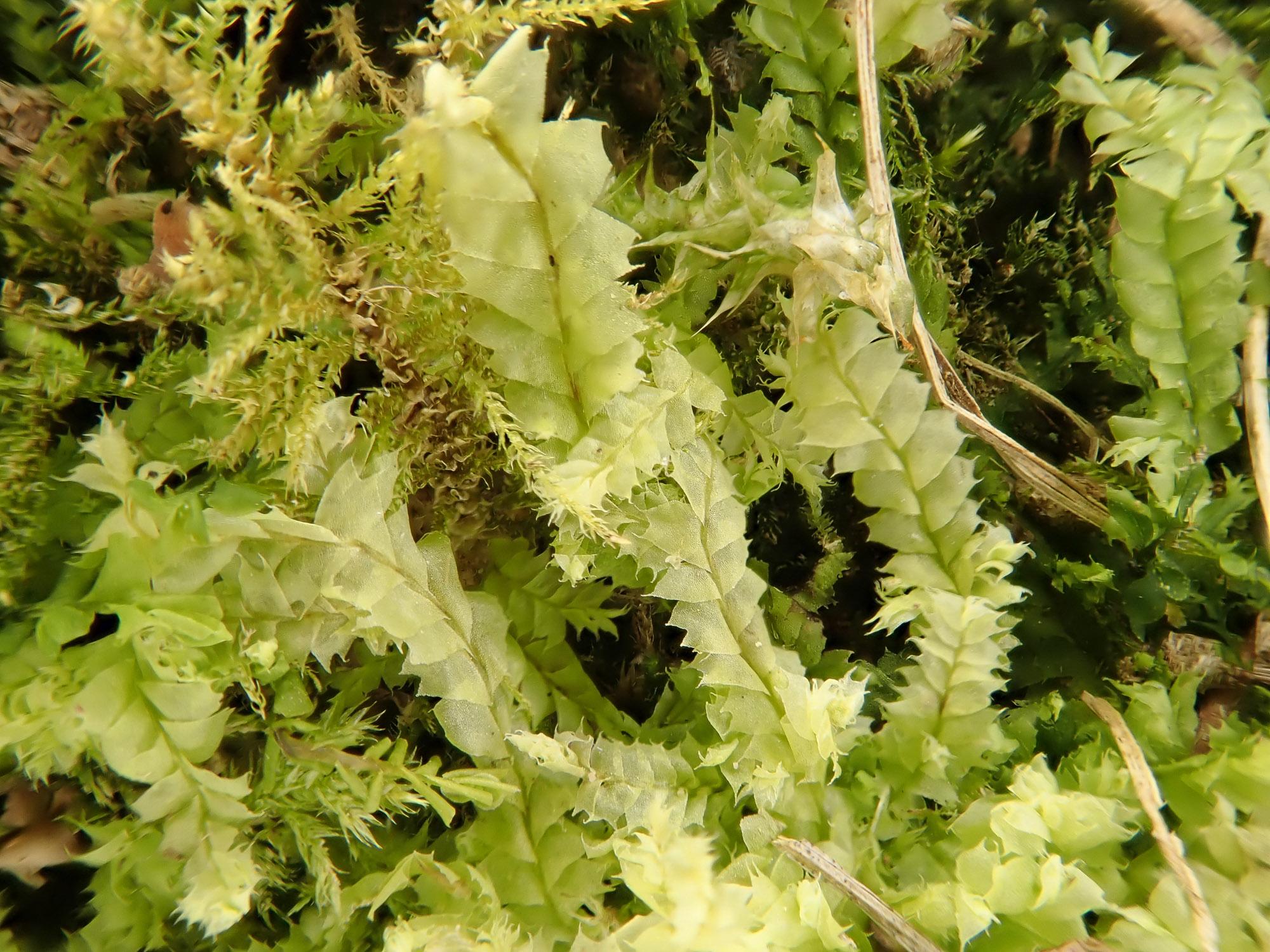
2021-03-22-14-30-13.jpg from: https://www.britishbryologicalsociety.org.uk/learning/species-finder/lophocolea-bidentata/
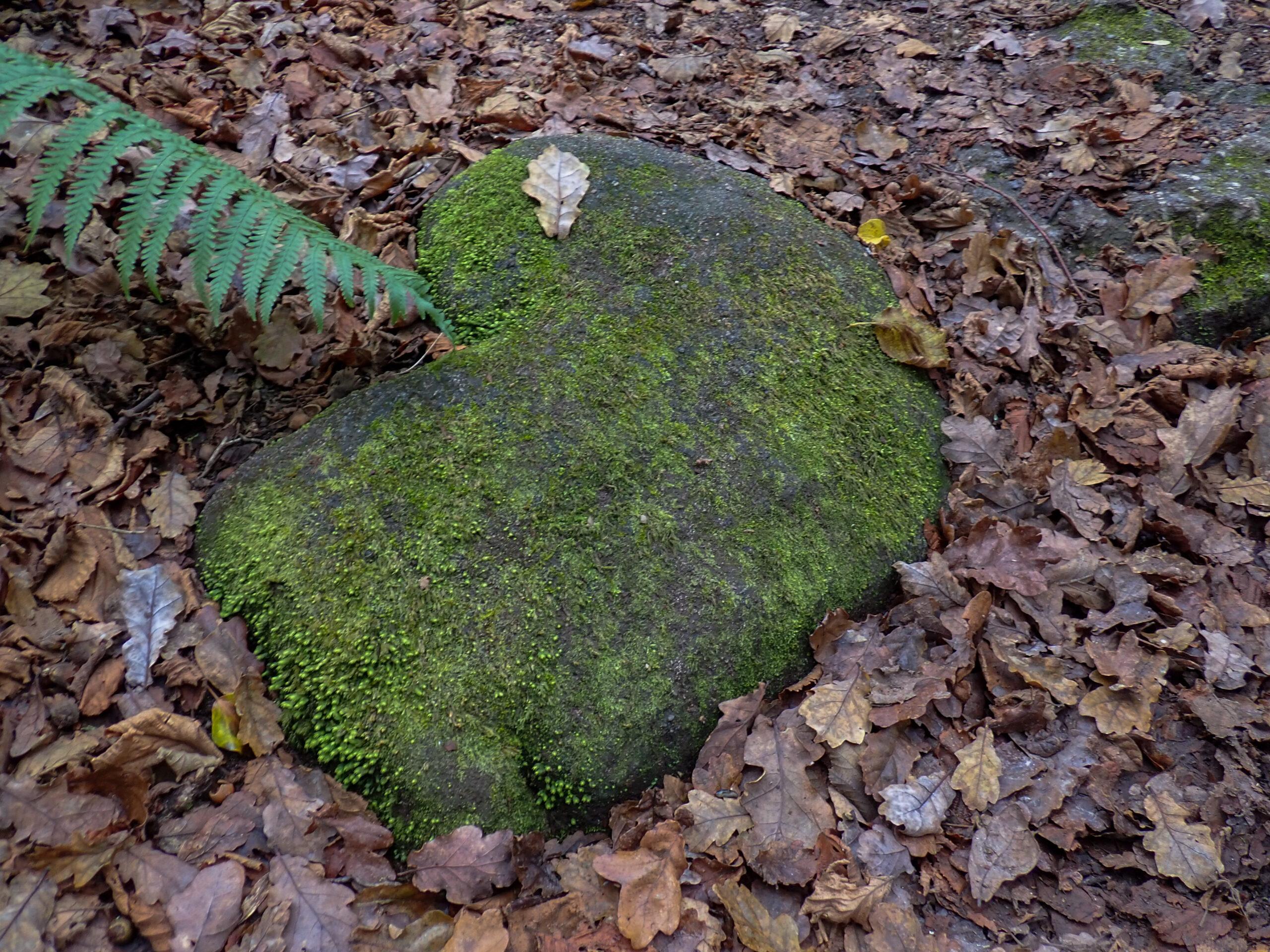
Lophocolea-fragrans-habitat_Shaptor-170016-scaled.jpg from: https://www.britishbryologicalsociety.org.uk/learning/species-finder/lophocolea-fragrans/
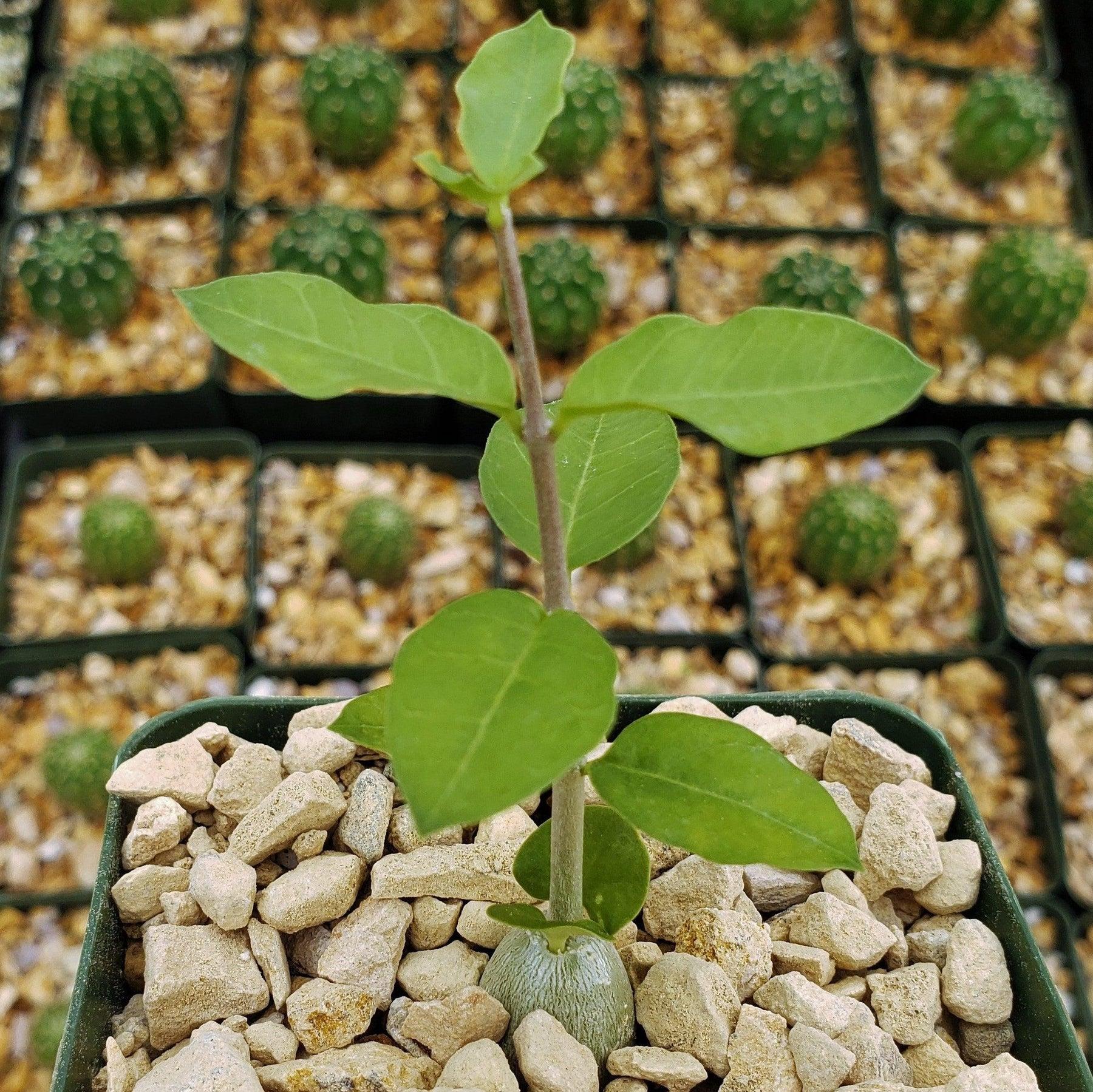
fockeacapensis_3_1800x1800.jpg from: https://planetdesert.com/products/fockea-capensis
| Characteristic | Description |
|---|---|
| Family | Lophocoleaceae |
| Class | Jungermanniopsida |
| Division | Marchantiophyta |
| Phyllids | Incubous, ovate with pointed tips, smooth margins |
| Underleaves | Much smaller than lateral leaves, bifid |
Color
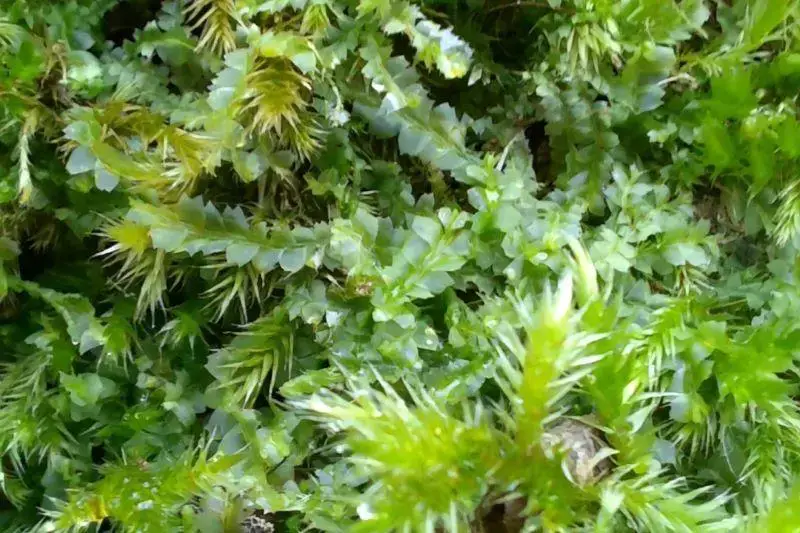 lophocolea-hetrophylla-01-02-2022rr.jpg from: https://natureyvelines.wordpress.com/2022/02/28/lophocolea-heterophylla/ |
Pale to yellowish-green |
| Habitat | Damp shaded soil banks, near streams, kloofs |
| Distribution | Endemic to Western and Eastern Cape, South Africa |
Conclusion
Lophocolea fragrans var. capensis may be a tiny and obscure moss, but it is a unique and ecologically important part of South Africa’s rich botanical heritage. This fascinating plant is specially adapted to thrive in the shaded ravines and stream banks of the Cape provinces. Next time you’re walking in a kloof in South Africa, take a moment to appreciate the dense green mats of this marvelous moss at your feet. How many other tiny wonders of nature are we walking past each day without noticing?